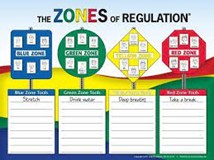The emotional wellbeing of children is just as important as their physical health. Good mental health allows children and young people to develop the resilience to cope with whatever life throws at them and grow into well-rounded, healthy adults.
Things that can help keep children and young people mentally well include:
- being in good physical health, eating a balanced diet and getting regular exercise
- having time and the freedom to play, indoors and outdoors
- being part of a family that gets along well most of the time
- going to a school that looks after the wellbeing of all its pupils
- taking part in local activities for young people.
Other factors are also important, including:
- feeling loved, trusted, understood, valued and safe
- being interested in life and having opportunities to enjoy themselves
- being hopeful and optimistic
- being able to learn and having opportunities to succeed
- accepting who they are and recognising what they are good at
- having a sense of belonging in their family, school and community
- feeling they have some control over their own life
- having the strength to cope when something is wrong (resilience) and the ability to solve problems
Resources that can support good emotional wellbeing:
The Lilyjo Project is an online mental health resource, providing information and help on common mental health issues including: depression, anxiety, self-harm, eating disorders, childhood trauma, self-esteem, and grief.
The site includes practical advice, top tips, as well as interviews from brave individuals who share how they overcame their issues. Some names have been changed to protect confidentiality. You will also find links to national services for further help at the bottom of every page, links to recommended resources, plus much more.
Mental Health First Aid England have some great resources for looking after yourself.
Mindfulness
Relaxation
Gratitude and emotion tracking
Deep breathing
- Belly breathing
- Have your child lay on the floor and put one hand on their stomach. For younger kids, find a favourite stuffed animal to place on their belly, and ask them to take their stuffed animal “for a ride.”
- Slowly breathe in, and notice how the stomach expands like a balloon.
- Slowly breathe out, and notice how the stomach deflates.
- Practice standing up with one hand on the stomach and one hand on the chest. Can your child take deep breaths that move just their belly, not their chest?
- “Flower and Bubbles”
- Have your child imagine that they have a flower in one hand and a bubble wand in the other. (You can use actual bubbles or a pinwheel, too!)
- Smell the flower: Breathe in slowly and deeply through the nose.
- Blow bubbles: Breathe out slowly through the mouth.
- Repeat three to five times.
- “Bunny Breathing”
- Have your child pretend they are a bunny; they can even kneel with their hands drawn up and their chin tucked down.
- Twitch the nose to get ready for breathing!
- Take several short, quick “sniffs” in through the nose.
- Exhale in one long, smooth breath.
- Repeat
Promoting emotional literacy and self-regulation
Teaching emotional literacy is important for developing self-confidence, boosting self-esteem, social and emotional development, and encouraging emotional self-management over impulse reactions teaching emotional literacy works hand in hand with teaching self-regulation. Self-regulation is the ability to remain calm, cope with big emotions, adapt, and respond appropriately to our environment.
How we promote self-regulation in school.

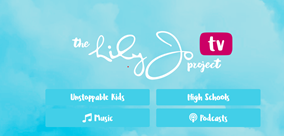
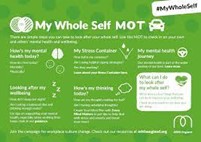
 Click here
Click here 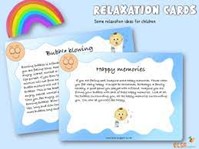 Click here
Click here 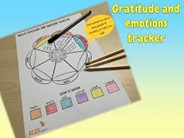 Click here
Click here